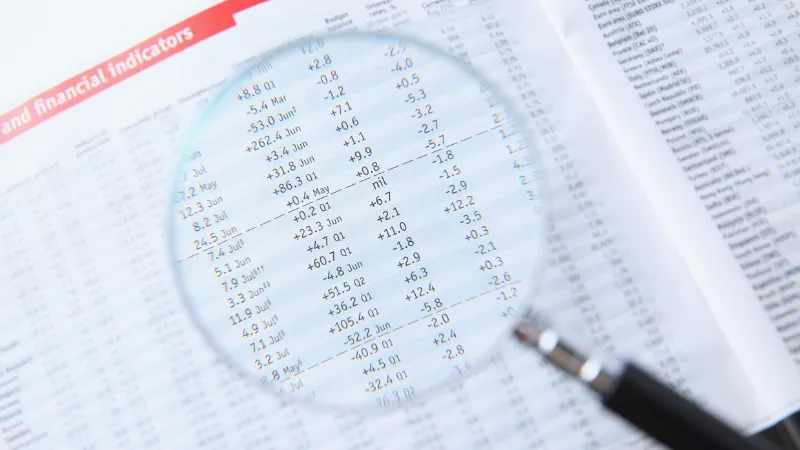
Before the sun rises over New York, traders around the world are already watching the early clues. The numbers they study come from Dow Jones futures, the contracts that hint at how investors feel about the U.S. economy before the day begins. Every tick tells a story about growth, confidence, and fear, shaped by the data that moves them.
How Economic Reports Shape Market Direction?
Dow Jones futures move when expectations shift. The index represents thirty of America’s most influential companies, which means these contracts respond quickly to any indication of a change in the country’s economic health. Because they trade almost nonstop, they become the first point of reaction to new information that appears after the market closes.
When a strong jobs report is released, futures often jump within seconds. It suggests that consumers have more disposable income to spend and that corporate earnings may remain stable. If the same report shows wage inflation rising too quickly, those same futures can turn lower just as fast, reflecting fears that the Federal Reserve might tighten policy.
That constant balancing act between growth and inflation drives much of the movement in Dow futures. Traders do not just read the data. They try to anticipate how central bankers will interpret it. A single paragraph in a Fed statement can influence sentiment more than an entire page of statistics.
The Indicators That Matter Most for Dow Jones Futures
Some reports consistently set the tone. The monthly employment data is one of them. It captures both economic strength and inflation pressure in a single release. Markets seek balance, characterised by steady job growth and manageable wage gains. Excessive exposure to either side can lead to sharp market reactions.
Inflation reports, such as the Consumer Price Index, can shift sentiment even further. Higher prices across the economy often make investors expect rate hikes, which weigh on stocks. When inflation cools faster than predicted, futures usually rally as traders anticipate easier monetary policy and lower borrowing costs.
Gross Domestic Product, retail sales, and consumer confidence fill in the rest of the picture. They help traders decide whether the expansion is broad or fragile. Durable goods orders and housing numbers add more texture, especially for those focused on cyclical sectors within the Dow Jones Industrial Average.
But what truly moves markets is the element of surprise. The gap between expectations and actual data is where the real volatility comes from. If a report matches forecasts, futures may stay quiet. A major miss or upside surprise, however, can trigger a wave of quick repositioning across global markets.
The Human Element Behind the Numbers
Economic data may seem logical, but trading is an emotional endeavour. Markets rise and fall on perception as much as on fact. When optimism is high, traders often overlook weak data. When fear spreads, even minor disappointments can trigger sharp declines.
That emotional layer typically appears in Dow Jones futures before it shows up anywhere else. These contracts allow traders to act instantly. One moment, they surge on confidence, the next, they slide as worry takes hold. Professionals study these moves carefully, comparing them with bond yields, oil prices, and currencies to see whether the story aligns across markets.
Sometimes the initial reaction fades within minutes as investors digest the details. Other times, it shapes the entire trading day. Knowing which reaction will last takes more than data. It demands intuition, experience, and understanding of how people behave under pressure.
Reading the Market’s Early Message
Economic indicators are part of an ongoing story. Each new report adds context to how investors see risk and opportunity. Dow Jones futures translate that information into motion long before the opening bell.
For traders who pay attention, those early moves reveal what investors truly believe about the future. The futures screen serves as a mirror of global sentiment, reflecting the balance between optimism and hesitation. Those who learn to read that reflection gain a clearer sense of how numbers, emotion, and expectation come together to move markets.


 Follow us
Follow us Follow us
Follow us















